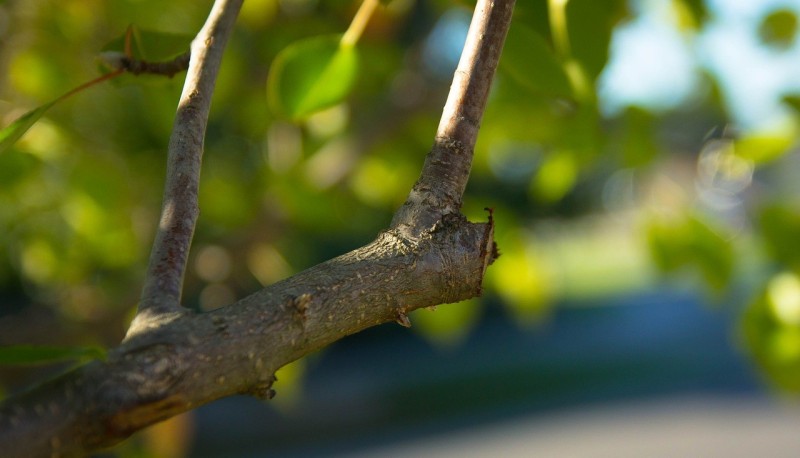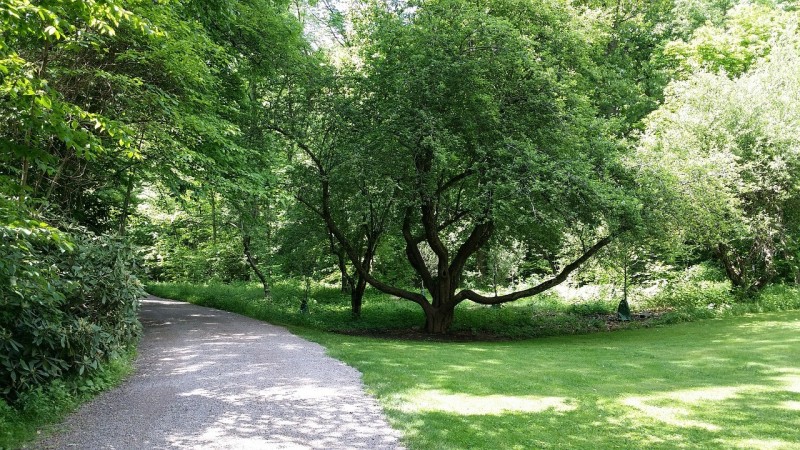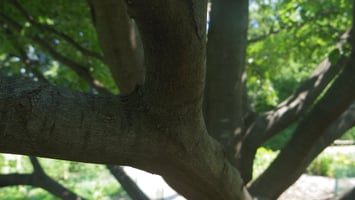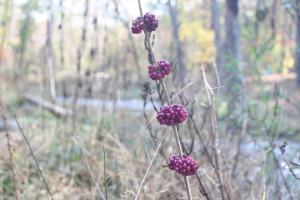If a tree branch falls in your neighborhood, whose responsibility is it? Well, if you’re reading...
Top Reasons to Prune Your Trees
Trees near your home must be well maintained for multiple reasons!
If you read our post about Neighborhood Tree Responsibilities, you know why maintaining your trees is important. Nobody wants to call the insurance company because a dead tree branch fell and put a custom cup holder on the side of your neighbor’s car. Weak tree structure due to lack of pruning can lead to rotting trees and damage to property.
Professional pruning is a great way to keep your trees looking and growing its best! This week, we’re sharing the different reasons for pruning and some helpful tips to keep in mind.
The Importance of Proper Tree Pruning
Why bother pruning you ask? Sometimes, trees need a little help to become a structurally sound and visually appealing addition to the landscape.
Poor structure can lead to branches breaking, or a tree being more susceptible to environmental damage (i.e. branches breaking during a hard snow event in winter or a powerful wind storm). Branches breaking unexpectedly can cause damage to your property and can be very harmful to your tree.
The 4 Types of Tree Pruning:
1. Structural Pruning
This type of pruning is commonly performed on younger trees in order to orient the developing branches. By doing this to young trees, you are improving the likelihood that your tree will have a healthy, well-balanced structure until it reaches maturity. If early structural pruning does not occur, you may need structural cables for your trees.

There are right ways and wrong ways to prune a tree. Where you place the cut can make a big difference.
2. Crown Clearing
This is the controlled removal of dead or dying branches within a tree’s canopy. It is commonly done to prevent targets below from being struck during inclement weather. The frequency of crown clearing can greatly be reduced in some species of trees if proper crown thinning is conducted at regular intervals.
3. Crown Thinning
Crown thinning is crown clearing along with the selective removal of some live branches. The removal of particular live branches can increase the light that penetrates the tree canopy as well as decrease the amount of surface area to catch wind. Proper thinning should improve the tree’s shape and overall appearance. When performing crown thinning, we never remove more that one-fourth of a tree’s living leaf area.
4. Objective Pruning

Trees in this landscape need to be pruned to allow for vehicle clearance. Proper pruning techniques ensure that this pruning will not damage the tree unnecessarily.
Objective pruning can include removing select live or dead branches to make space for foot or vehicle traffic, provide clearance from buildings, or improve specific viewing points. There are many other unique reasons that may warrant the removal of select branches to help achieve your landscape objectives.
Important Tree Pruning Tips:
- Late fall or winter are the best times to prune. Do not prune oaks in spring or summer.
- Always sanitize saws between pruning different trees. This reduces the risk of spreading disease between trees.
St. Louis Tree Pros is proud to provide some of the most professional and scientifically-sound pruning services in the area. We can perform any necessary pruning or tree care services you need to maintain the health and overall appearance of your landscape. Please contact us today for a free pruning assessment.



